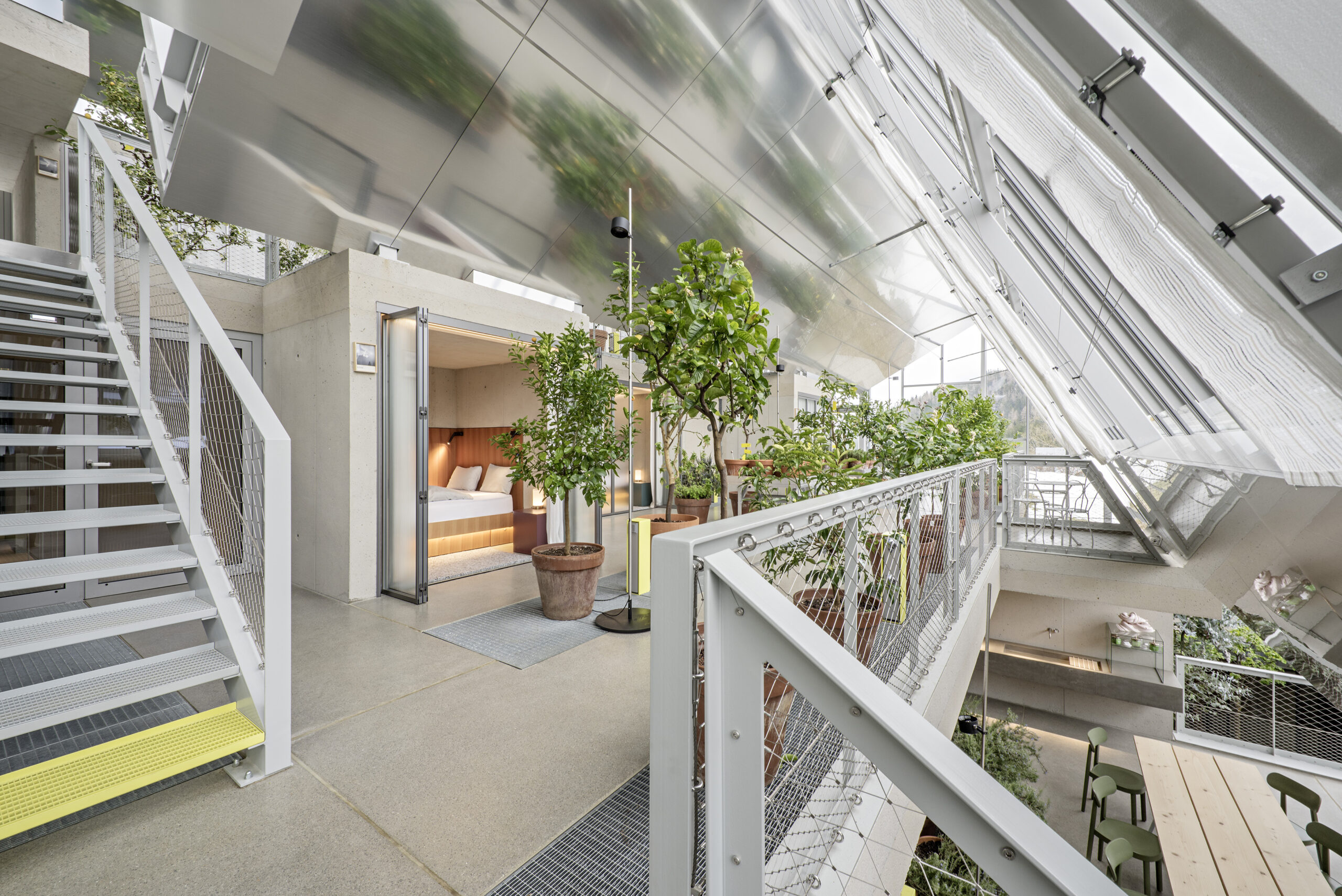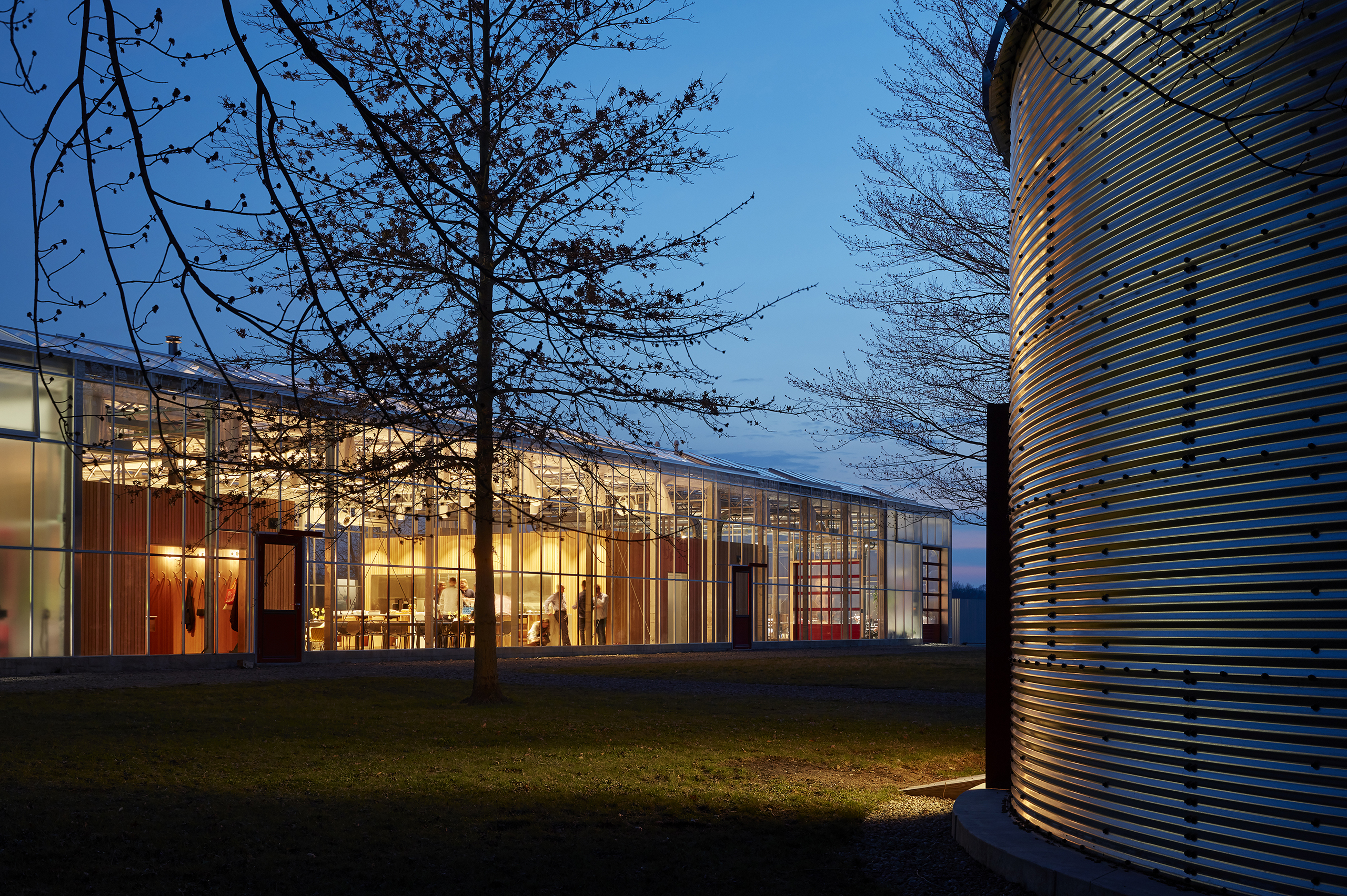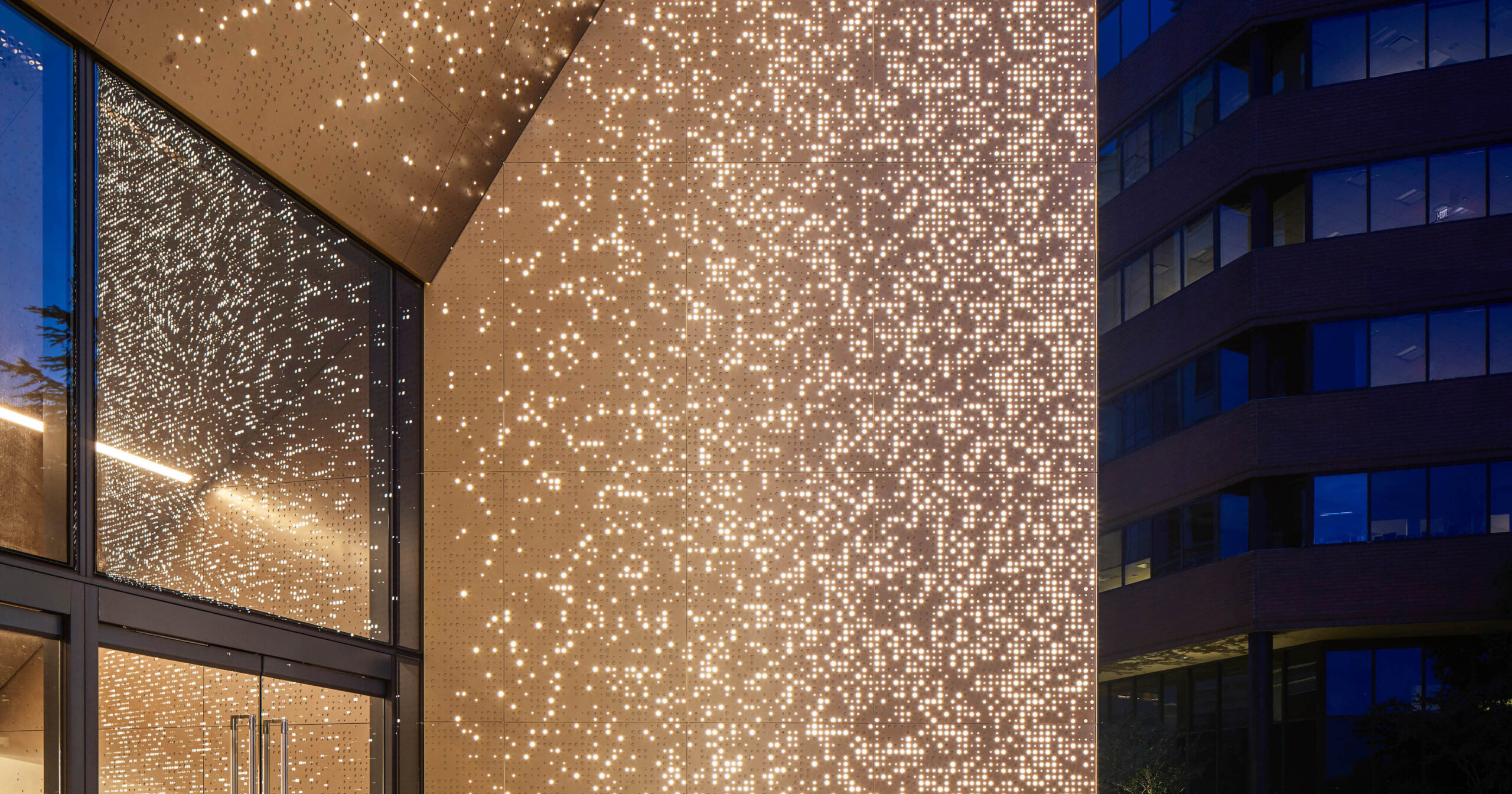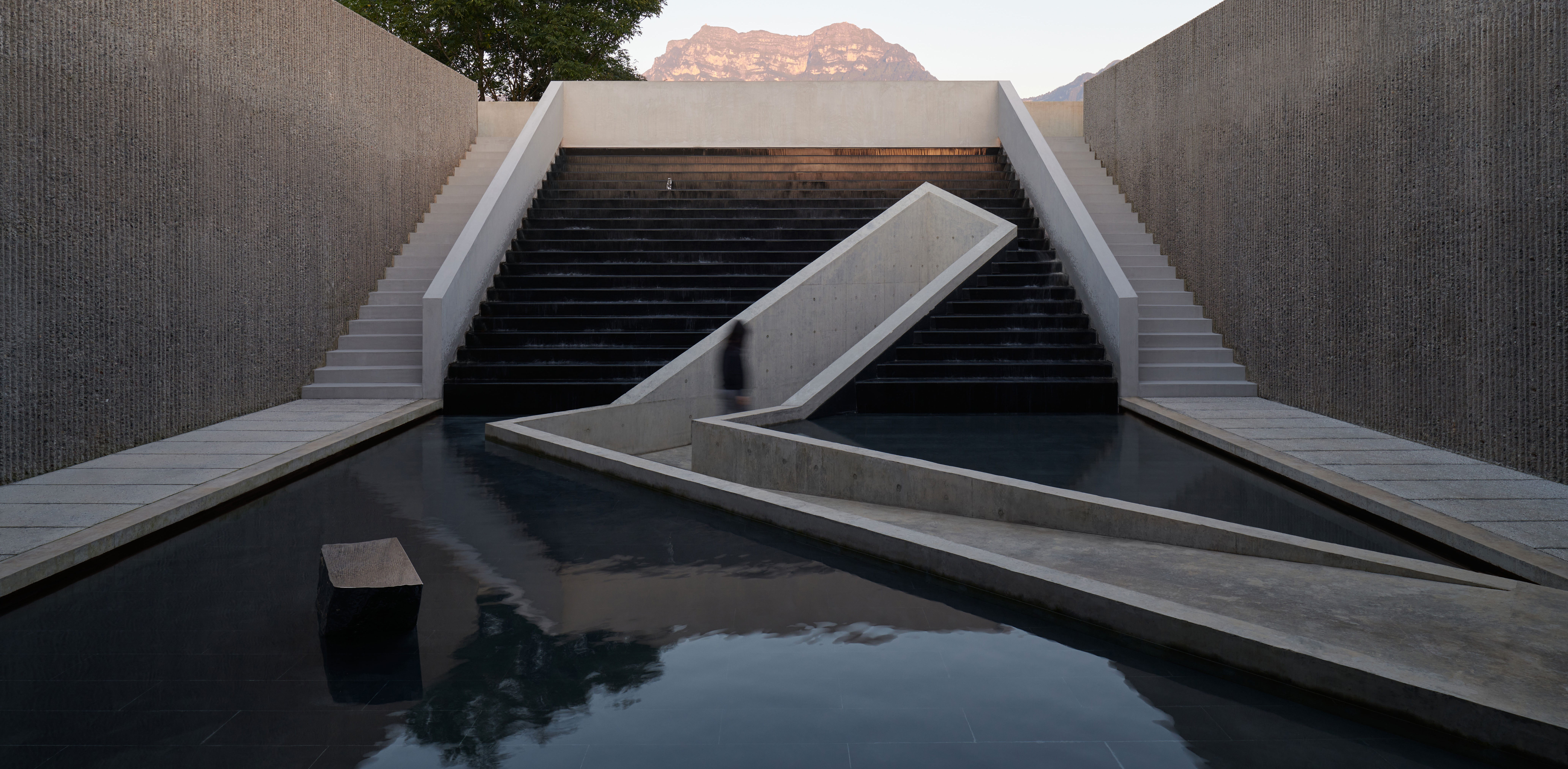Architizer is thrilled to reveal the 12th Annual A+Awards Finalists. See which projects and firms made the cut and have your say in who wins a coveted Popular Choice A+Award. Cast your vote today >
When you’re onto a good thing it can be difficult to gauge what to do next. When that good thing is a historic farming hamlet situated about 3,500 feet (1,070 meters) high, surrounded by the serenity of a postcard-perfect pass carved through the Austrian Alps, even considering expanding or updating is enough to cause panic. But through effective modern design and sympathetic planning, it’s possible to succeed at this most challenging of tasks.
An Architizer A+ Awards winner, Steirereck am Pogusch is proof of concept. PPAG Architects have created new, state-of-the-art catering, agriculture and accommodation facilities for the mountainous outpost of the celebrated Viennese restaurant Steirereck. A loose collection of historic rural buildings has been transformed into a 21st-century village, where original stone and wooden structures share a charming landscape with a sleek saletti of fine dining tables, fire kitchen, bar and grill, distillery, generous modern kitchens and service areas.
Approaching from the road, a striking glass house split over three levels draws attention upwards towards a tree line enveloping this working settlement. Built on a steep gradient, the staggered tiers track the hillside, striking a fine balance. Yes, this is a contemporary landmark in a traditional area. But it’s also an unobtrusive addition to the overall aesthetic. We know it’s there and only arrived in 2022, yet it avoids upsetting a scene that has remained the same, or similar, for generations.

The ‘working settlement’ of Steirereck am Pogusch, by PPAG Architects
Inside the glass house layout makes an argument for futurism and nature as a shared solution. Split between living quarters and a high tech greenhouse, these dual purposes feed and fertilize one another, co-creating ideal conditions for each to function at its best.
Sleeping berths distributed in and among the vegetation place guests in a setting that offers mental health and physical rehabilitation benefits through greening, yet it wouldn’t look out of place in a sci-fi movie. The addition of a wellness zone emphasising the type of client this experience is clearly aimed at — an idea that nods to the heritage of its mountainous location. Indeed, the complex is set in the kind of place people have looked to for rejuvenating retreats since long before the onset of mass tourism.

Inside the greenhouse at Steirereck am Pogusch, by PPAG Architects
While impermanence runs through form and function — most people will stay for a limited time, crops are eventually harvested — Steirereck am Pogusch is also about the return of localism and, to some extent, long-term self-sufficiency. Produce grown on site goes someway to stocking pantries and larders used to store food that eventually ends up on the plates, lending the establishment to seasonality, and other menu items are sourced from the nearby region.
This idea is nothing new, of course, but in the West farm-to-table is something we’ve only really started to remember the importance of recently. Here’s an example of that approach on a more personal level than most: even those privileged to have spent time in truly forward thinking epicurean accommodation will need to think about where else your bed stands next to the plants you ate at lunch.

Granor Greenhouse by Wheeler Kearns Architects, Three Oaks, Michigan
Another A+ Awards finalist, Granor Greenhouse, in southwest Michigan, USA, follows a similar principle in both design and ethics, albeit without the luxe overnight side. Situated on the region’s first certified organic farm, Wheeler Kearns Architects‘ 7,340 square foot (680 square meters) glass house provides opportunities for food production and service, education and citizenry. It’s sophisticated, using different glazing strategies for different zones, making each perfect for a separate purpose.
Yet it’s also in keeping with existing architecture of the site, its old residential property and agricultural infrastructure. And, although not quite at the same proximity to vegetables as Steirereck am Pogusch affords, there’s opportunity to stay on site here, too, through a farm camp programme. As such, both these examples help emphasize connections between visitors and what they eat, which was grown, prepared and served at the same spot.

Granor Greenhouse by Wheeler Kearns Architects, Three Oaks, Michigan
The environmental benefits of this approach are well documented, from reducing food miles and associated emissions to increasing our understanding of the world as a living ecosystem. The latter mission feels no more urgent than when we consider vast swathes of the ‘economically developed’ population fail to truly recognize the contents of their grocery bag as part of the natural world. Any action in this area is welcome.
These two projects make the case for relatively simple concepts — inviting people to stay on a farm — being powerful tools in unpicking decades of learnt behavior. More so, they show how this can be achieved at different points in the agro-hospitality market. Beyond this, the pair offer excellent case studies for introducing new sustainable elements into environments where time often feels like it stands still, genuinely complementing their locality while significantly improving on, or creating completely new, functionality and opportunities.
Architizer is thrilled to reveal the 12th Annual A+Awards Finalists. See which projects and firms made the cut and have your say in who wins a coveted Popular Choice A+Award. Cast your vote today >









